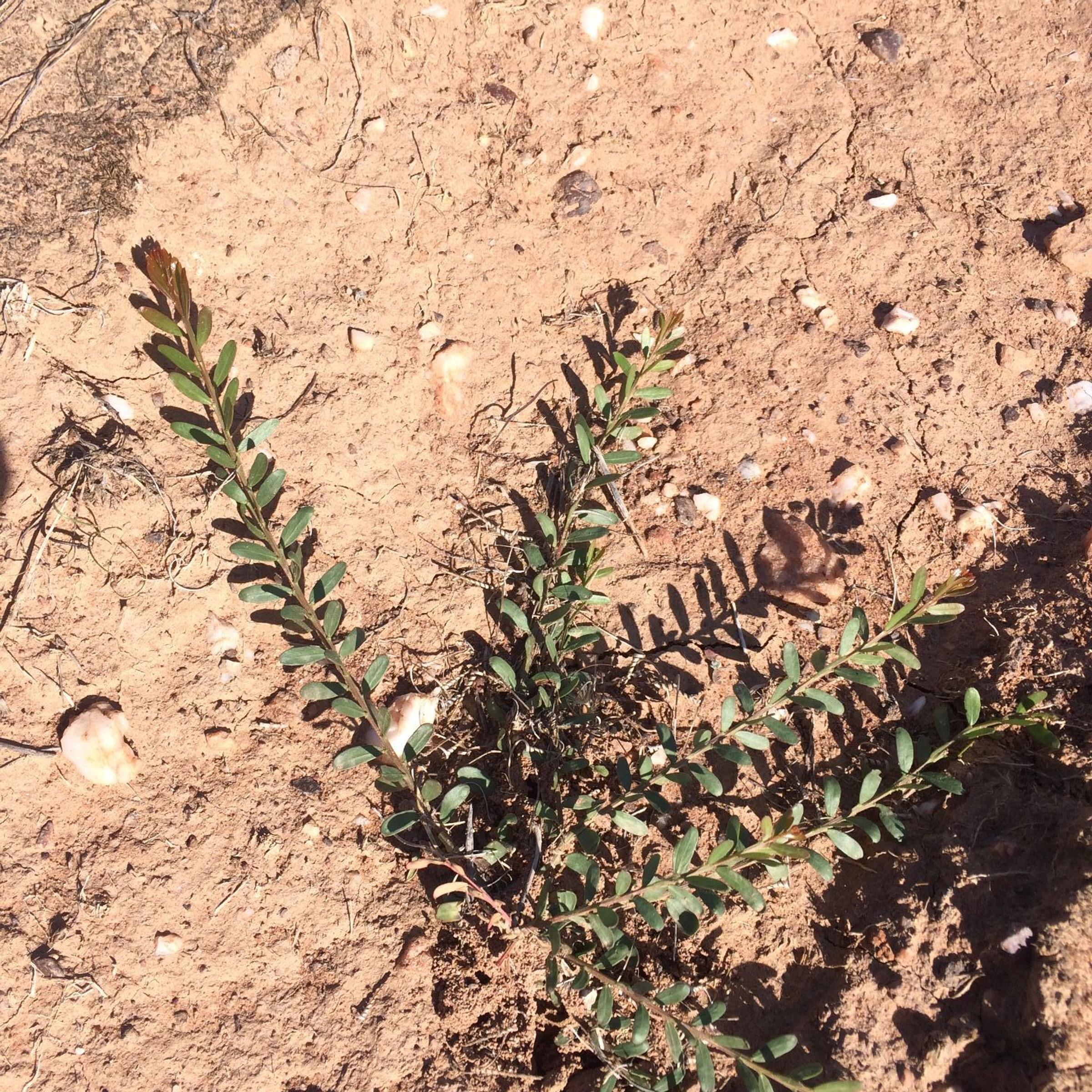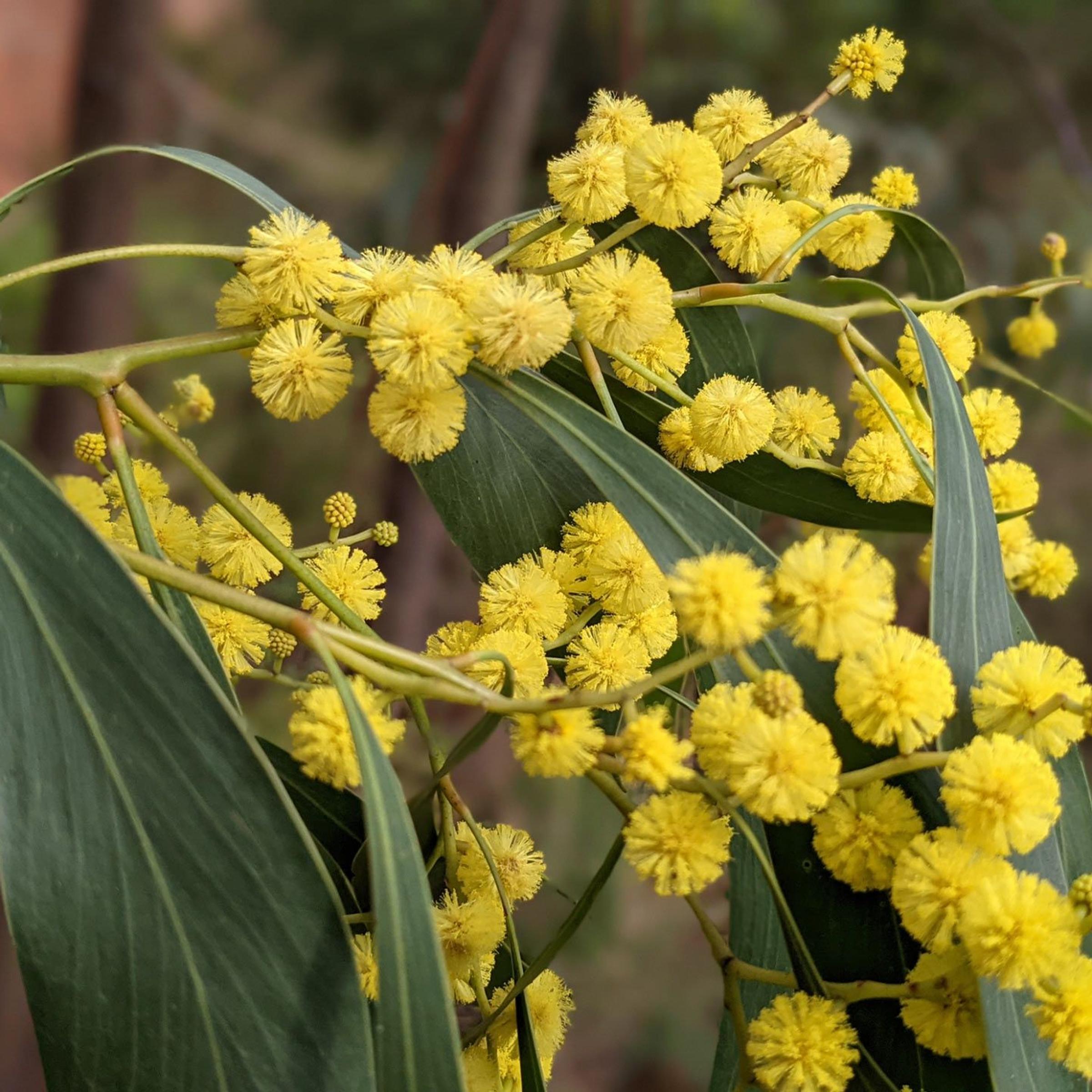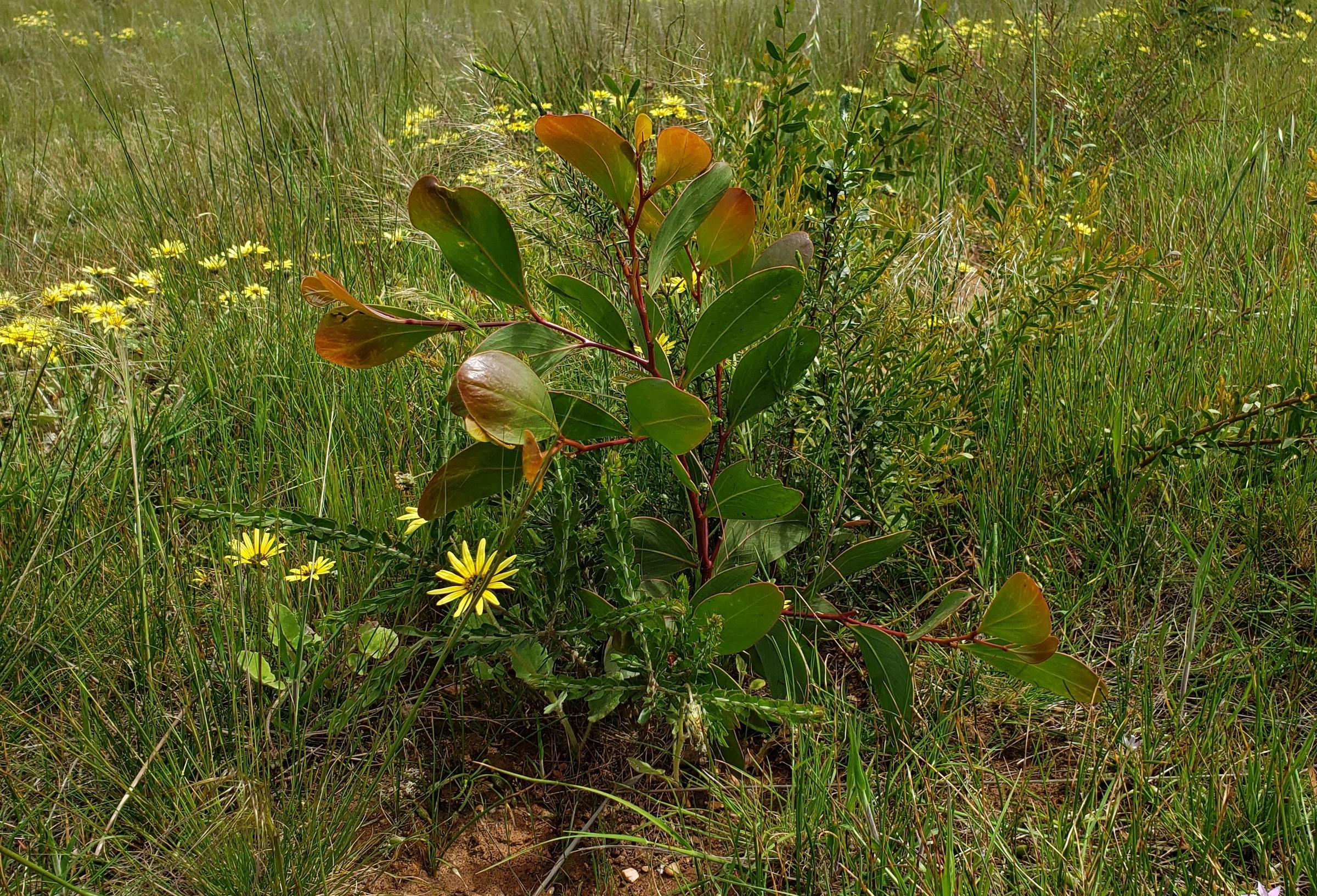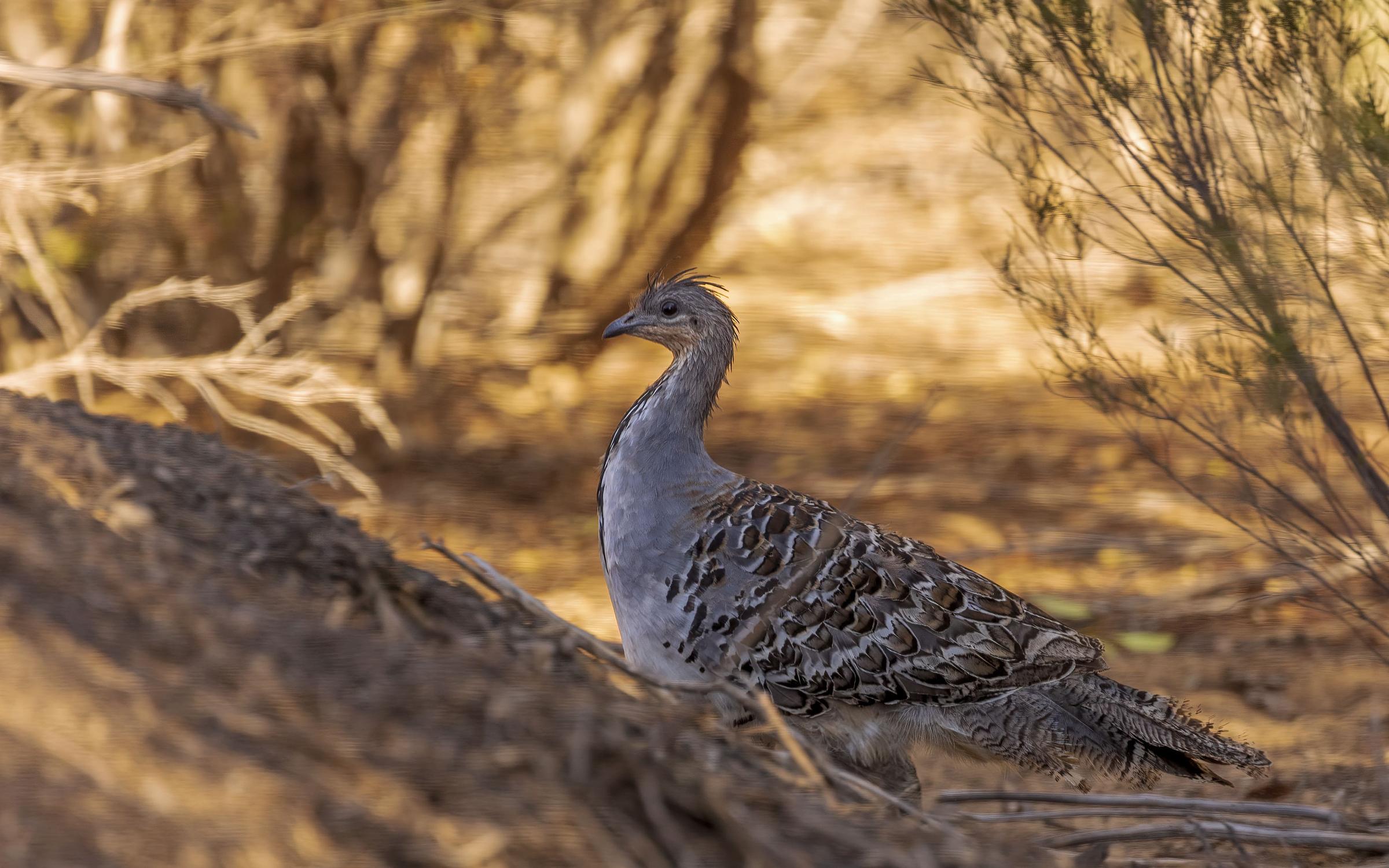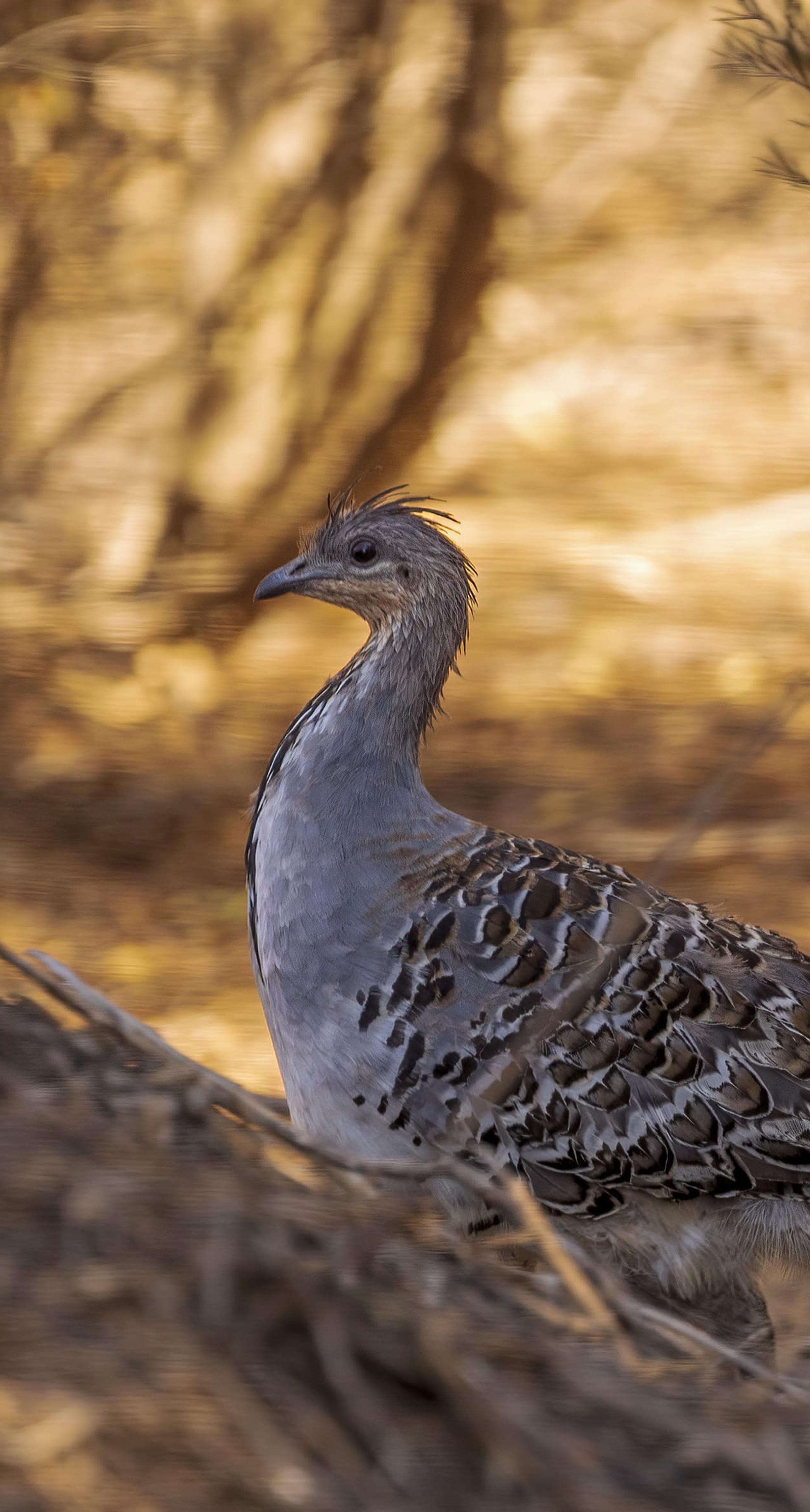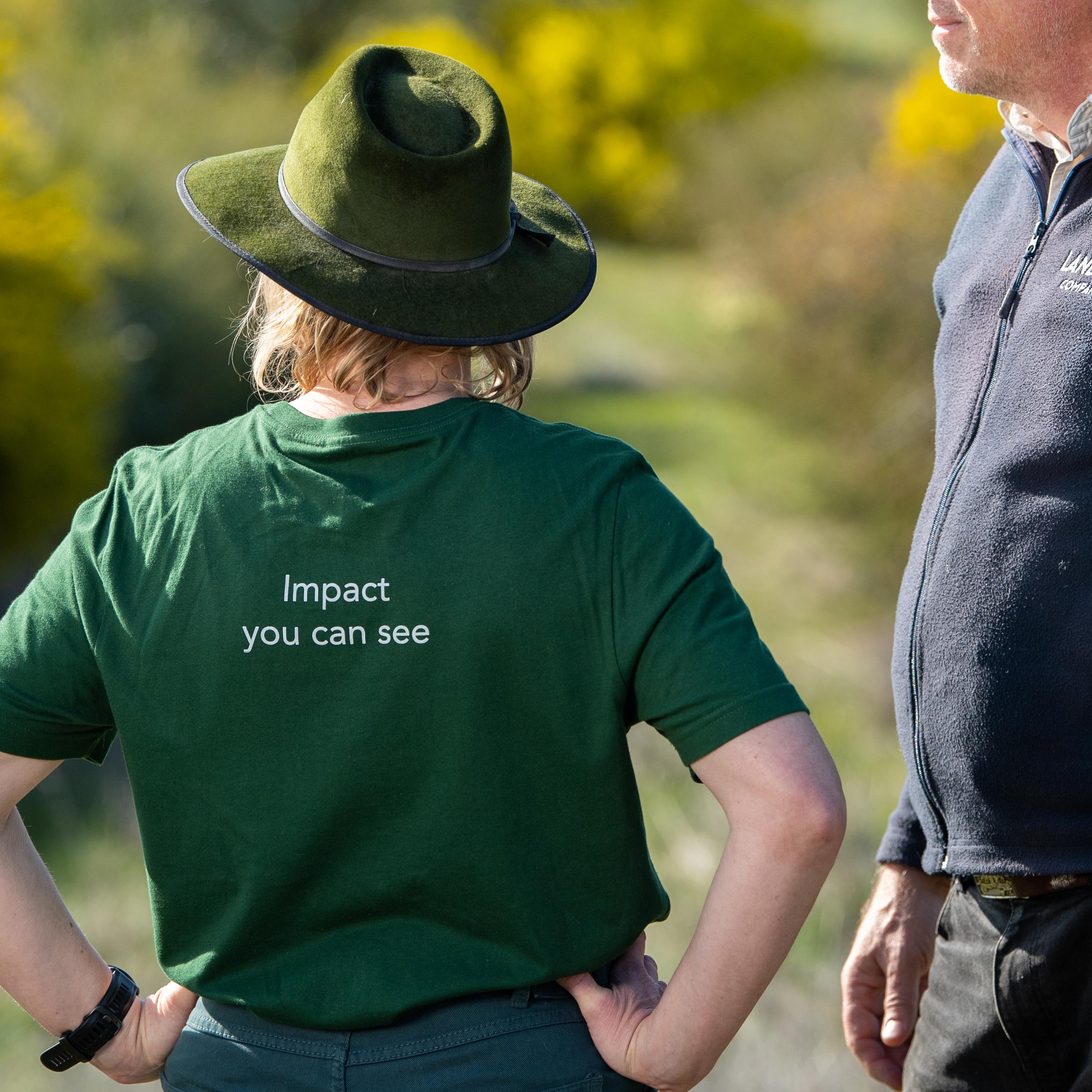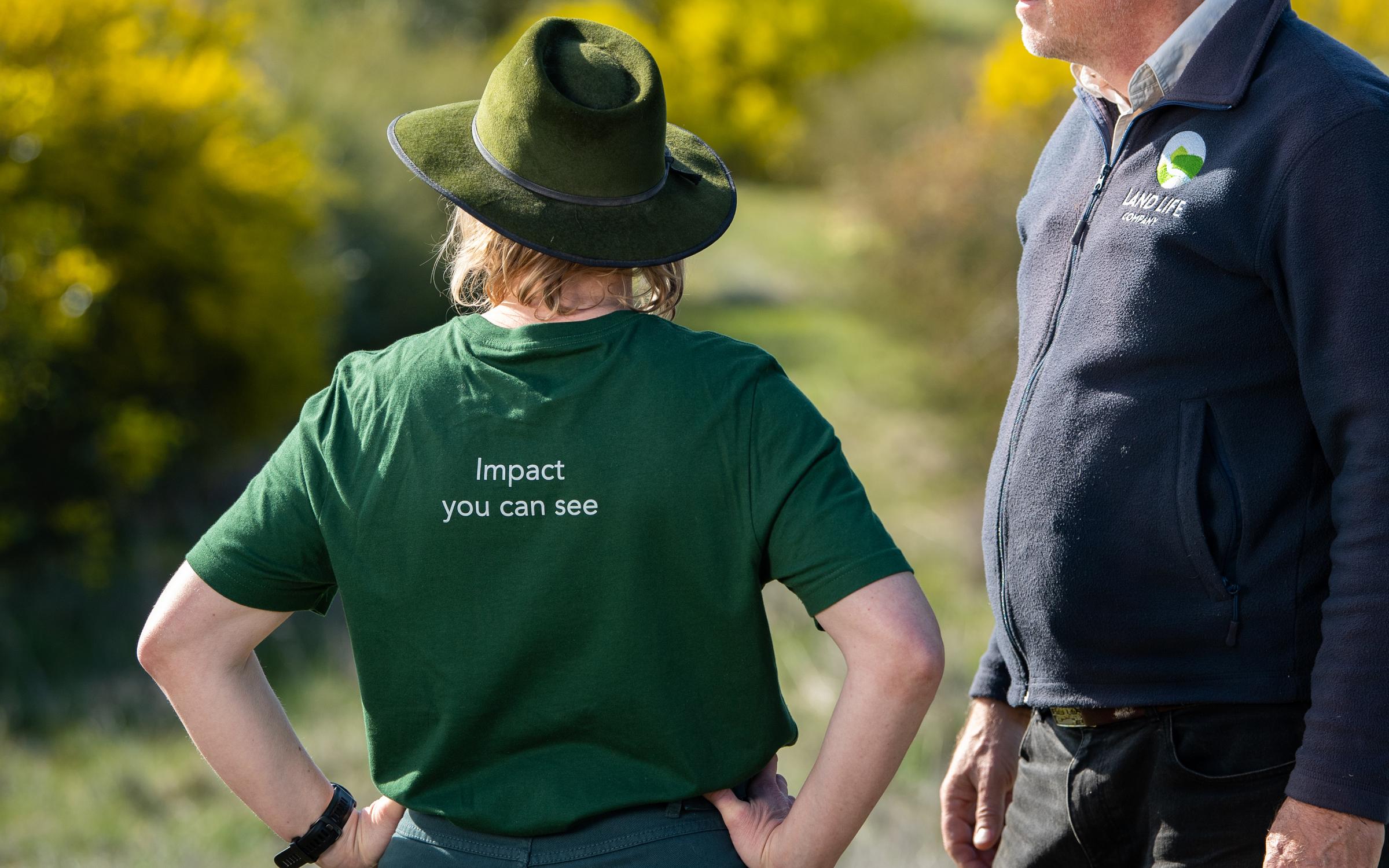

Creating Wildlife Corridors in Victoria, Australia
- Moorl Moorl
- Victoria, Australia
- 2020
Creating Wildlife Corridors in Australia: When Carbon Credits Go Beyond Carbon
Our nature-first strategy in Central Victoria is delivering big on biodiversity
Since 2019, Land Life’s team has strategically acquired degraded land in Australia’s Central Victorian region for reforestation projects delivering more than just carbon.
Our nature-first approach to these projects has led to the creation of vital wildlife corridors to restore habitats critical for the survival of many species. These projects support Land Life clients such as Achmea to take a forward-thinking approach on their net zero nature investment strategy.
But firstly, what are wildlife corridors?
Wildlife corridors are areas of habitat that connect to provide pathways for wildlife populations. When habitats are split into smaller patches they can be isolated from each other, causing habitat fragmentation. Species need wildlife corridors for a number of reasons
Wildlife corridors, or biolinks, allow wildlife to move freely from one area of habitat to the next without coming into contact with human-built infrastructure, or patches of degraded land that cannot support them.
Why is Land Life building wildlife corridors?
Biodiversity outcomes support clients to stay ahead of the curve. Through our nature-first approach to planning and managing reforestation projects, Land Life is proactively responding to trends and demands emerging from the Global Biodiversity Framework and the United Nations’ vision for biodiversity.
As sustainability frameworks evolve and strategies are shaped in response to the GBF, Land Life is at the forefront of delivering high-quality biodiversity legacies, providing long-term value for both the environment and our client’s stakeholders.




Land Life's wildlife corridor mission in Central Victoria
Delivering beyond carbon sequestration
In Central Victoria, Land Life has reforested five degraded land sites adjacent to or very close to private patches of bush, along with pieces of public land that all contribute to wildlife corridors.
These marginal land sites - Moorl Moorl, Lawan, Ampitheatre, Stuart Mill and Wychitella - combined span over 480 hectares. Land Life, in partnership with Cassinia Environmental, has planted 308 thousand native trees and shrubs on these sites, including up to 24 species guided by Victoria’s bioregion Ecological Vegetation Classes (EVC).
The total number of carbon to be sequestered from across all five sites is 99,600 tonnes over 40 years.
Land Life Operation Manager Jeroen van Veen describes the ultimate goal of the Central Victoria biolink is to ‘draw lines’ in the landscape to enable species to respond to climate change-induced disasters.
“The expected increased frequency and intensity of climate-related events will lead to more local extinctions if the landscape remains fragmented,” shares Jeroen.
“By reconnecting everything, we’re building safeguards into the landscape so species can respond and avoid extinction.”
PROJECT HIGHLIGHTS ACROSS ALL FIVE SITES
Up to 24
Native trees and shrubs planted, including:
483
Hectares restored across five sites
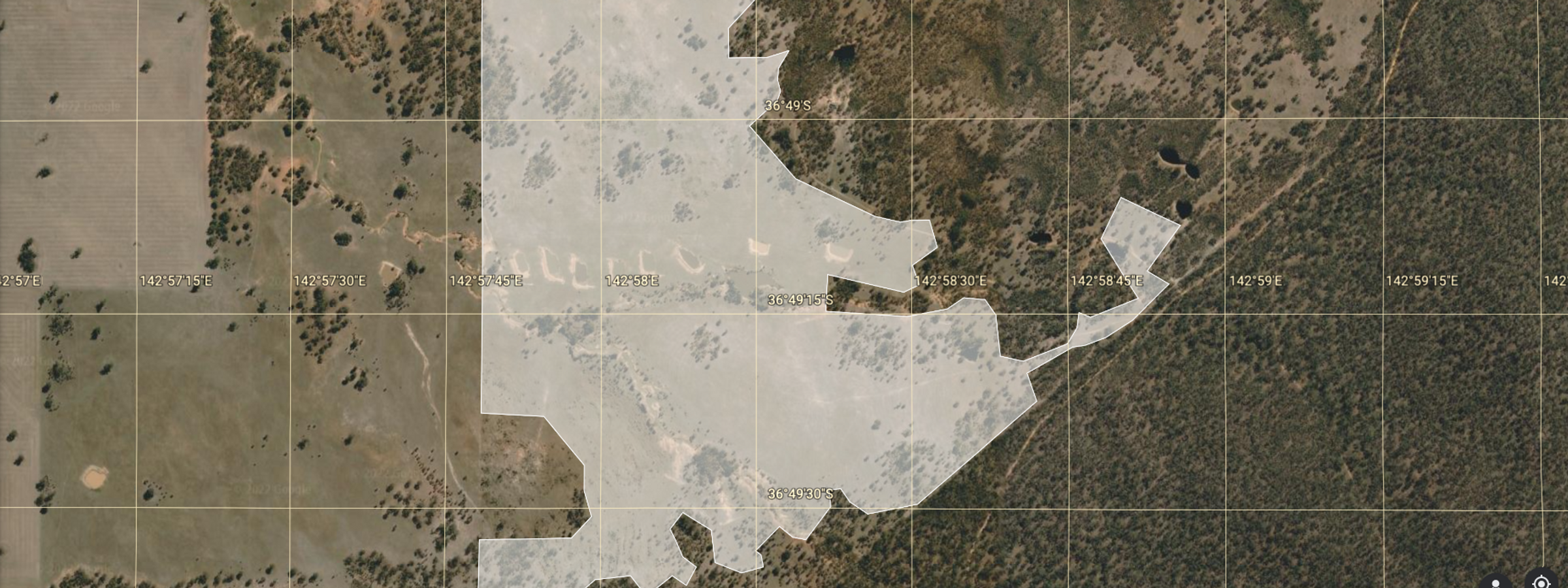
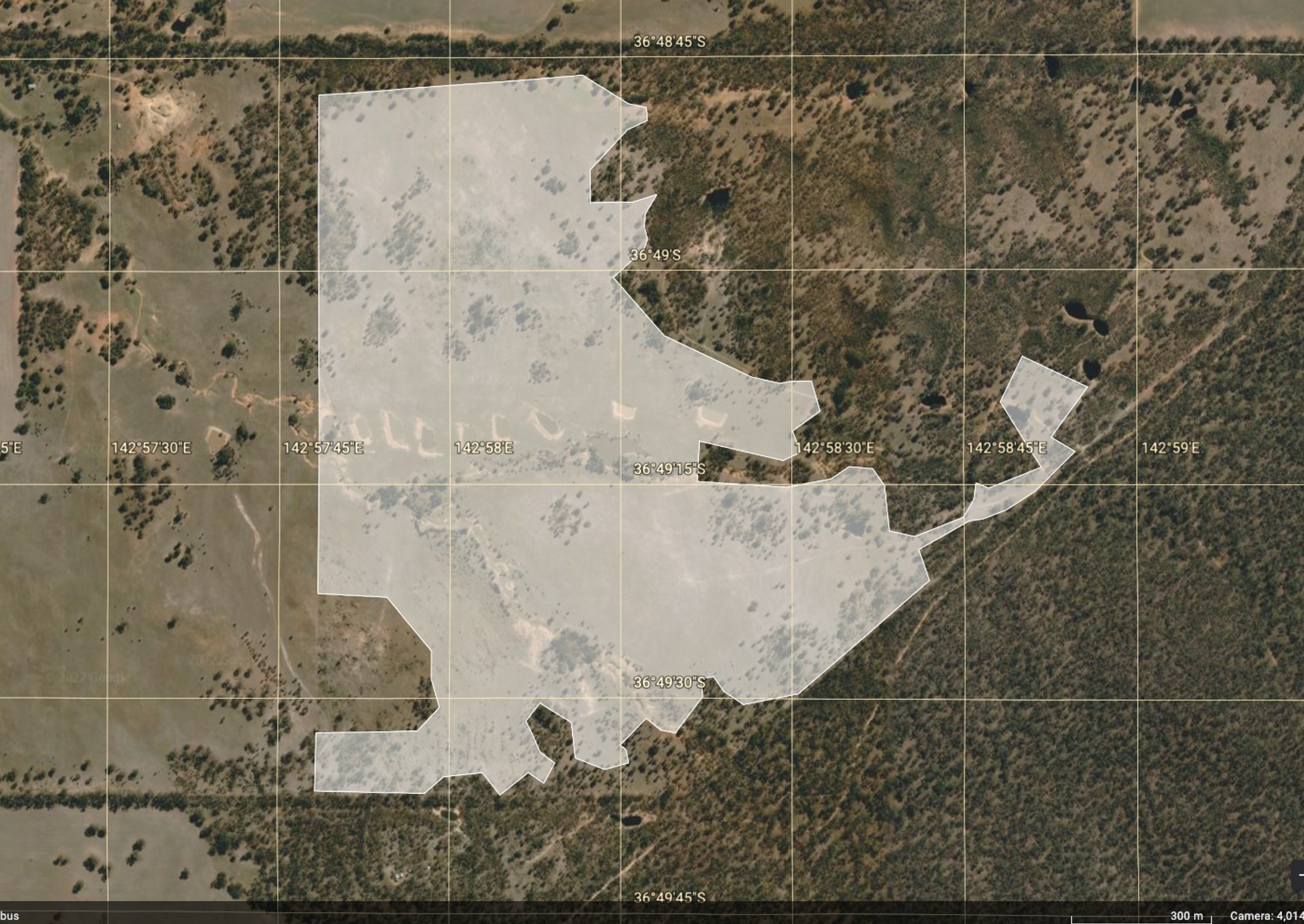
Property Improvement
- 01Weed control
- 02Gully restoration
- 03Creation of wildlife corridors
- 04Pest animal control
- 05Increased flora biodiversity
99,600 tCO2
Sequestered over 40 years
Moorl Moorl, Victoria
Reconnecting the Grampians to Gunbower Biolink
Land Life’s 135-hectare Moorl Moorl site is adjacent to the Morrl Morrl Nature Conservation Reserve, one of the significant sites that form the foundations of the Grampians to Gunbower Biolink.
By expanding and reconnecting native forests (primarily using a diverse group of Eucalyptus and Acacia species), Land Life paved the way for essential migration corridors between this biolink. This restored link has enabled wildlife to travel between the nearby nature conservation reserves.
Through Land Life’s ongoing monitoring, the site has tracked a number of bird species using the revegetated areas and the plantings are already producing nectar - the first signs of a functioning ecosystem.
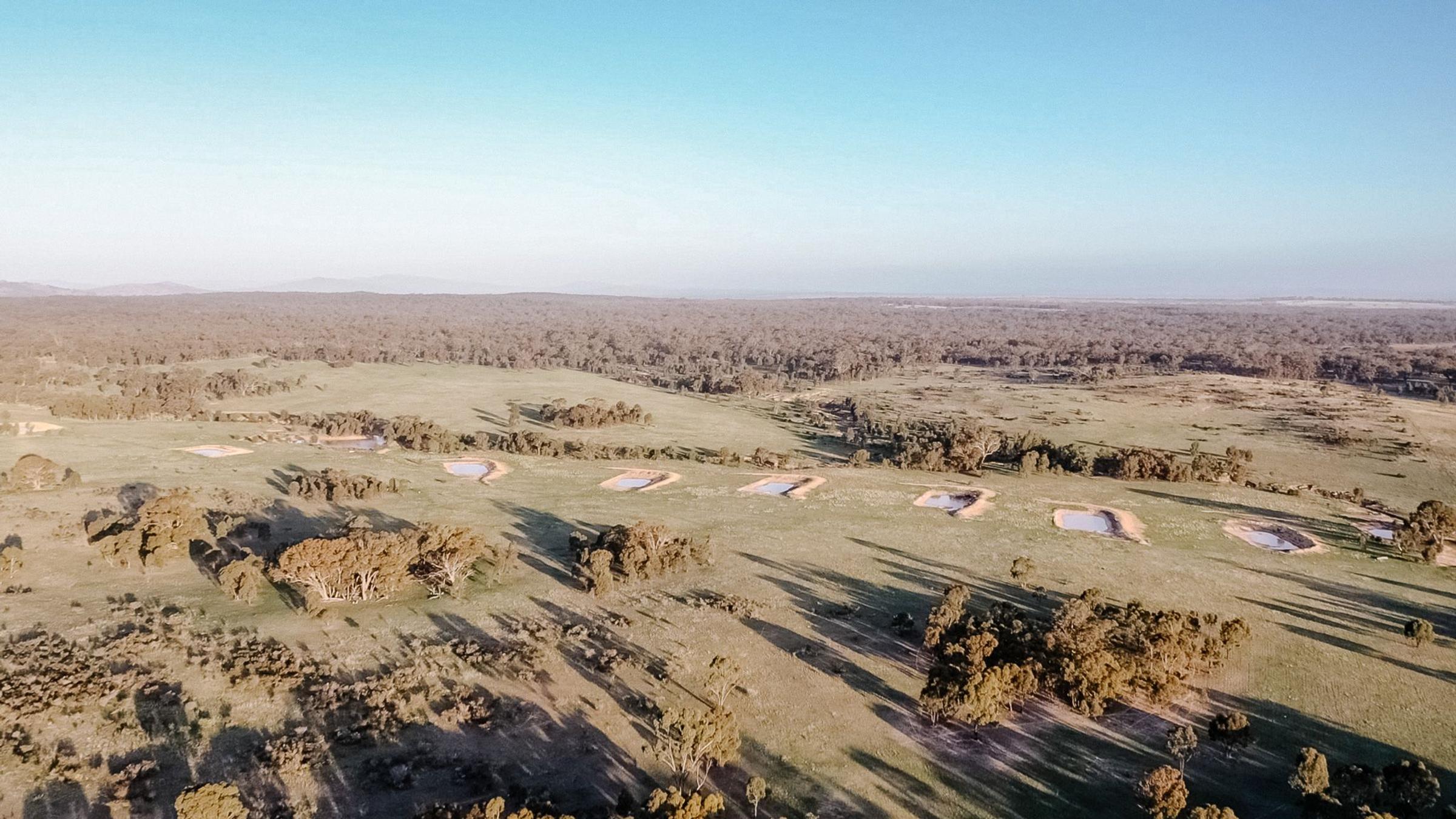
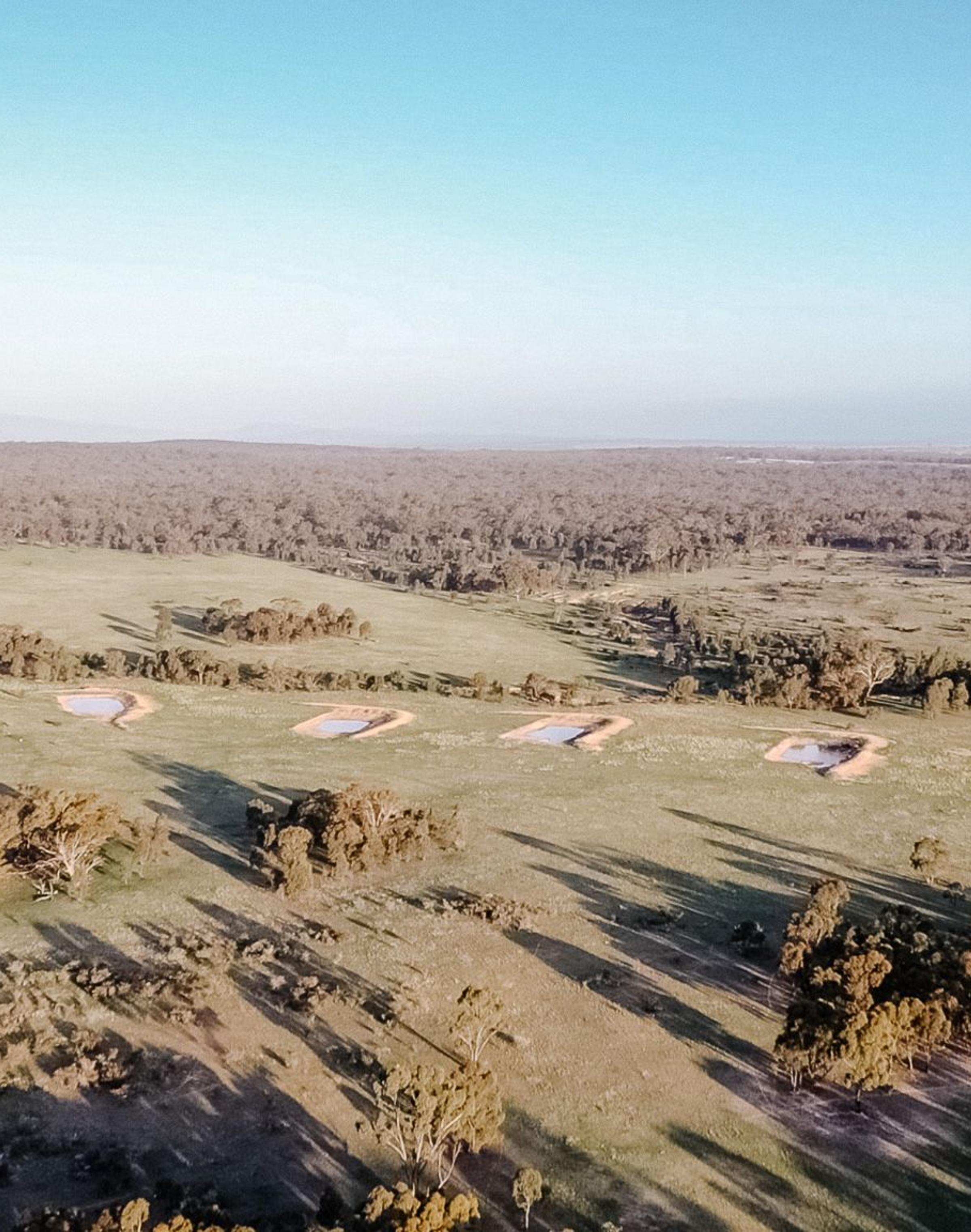
Learn more about our Moorl Moorl site
Video
Lawan, Victoria
Providing a wildlife corridor for Victora’s nationally threatened Mallee Fowl
The 50-hectare Lawan reforestation site in Central Victoria sits between two remnants of high-quality land spared of clearing during the Gold Rush and Eucalyptus oil distillery period.
These tracts of quality land contain rare plants and animals, including an isolated population of the nationally threatened Mallee Fowl (Leipoa ocellata).
To avoid predators, the Mallee Fowl refuse to travel through open country, instead opting to take flight under the cover of shrubs and trees.
Reforested in 2019 with around 16 species of plants and shrubs, the now thriving Lawan site has built a wildlife corridor from one area to the other, an essential requirement for the fowl to travel safely between the two remaining quality remnants.
It can take around 10 years for Mallee Fowl to start using revegetated land. Eventually, the fowl will travel through this wildlife corridor to reach new habitats in areas they used to occupy.
Building safeguards into the landscape
Creating wildlife corridors at our Lawan, Victoria site supports the nationally threatened species, Mallee Fowl (Leipoa ocellata). The Lawan site reforestation began in 2019 and it can take around 10 years for Mallee Fowl to start using revegetated land. Eventually, the fowl will travel through this wildlife corridor to reach new habitats in areas they used to occupy.
Project benefits beyond carbon
Eradicating soil erosion
From land clearing during the Victorian Gold Rush to agricultural cropping and sheep grazing, degraded land in Victoria has a long and layered history. With significant erosion, hard ground with no cover and soil leaking into creek and river systems, Land Life had its work cut out. The native trees and shrubs Land Life has planted on sites such as Lawan and Moorl Moorl are now holding the soil together better. Land degradation is slowly being reversed and the quality of water in local river systems is already improving.
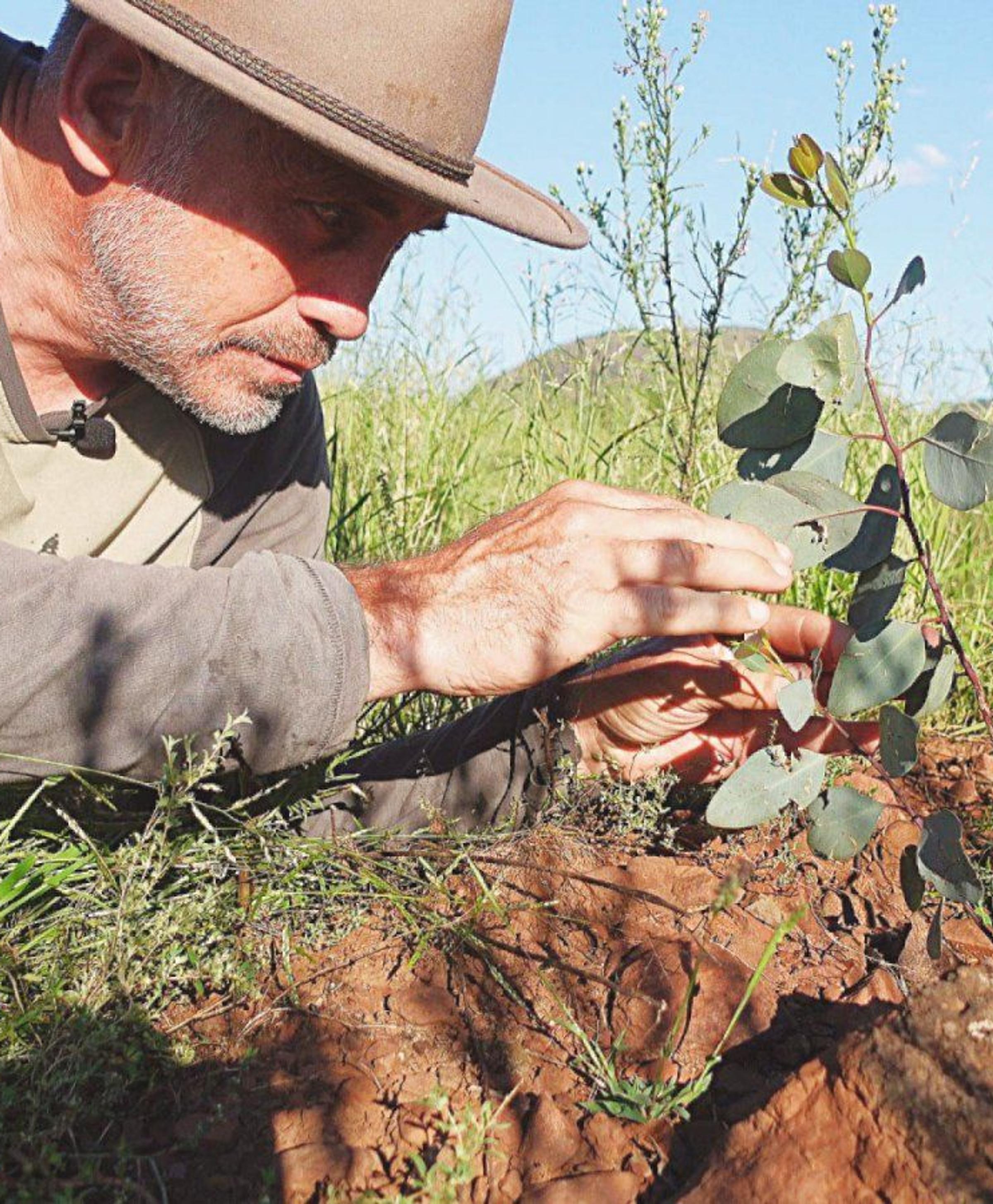
Local species return
Land Life actively seeks additional biodiversity benefits when assessing degraded land for reforestation projects in Victoria. Both the Lawan and Moorl Moorl sites are fantastic examples of how Land Life delivers beyond carbon outcomes. Land Life looks forward to monitoring and demonstrating how our strategically planned, climate-resilient wildlife corridors contribute to Victoria's conservation efforts over the coming years.
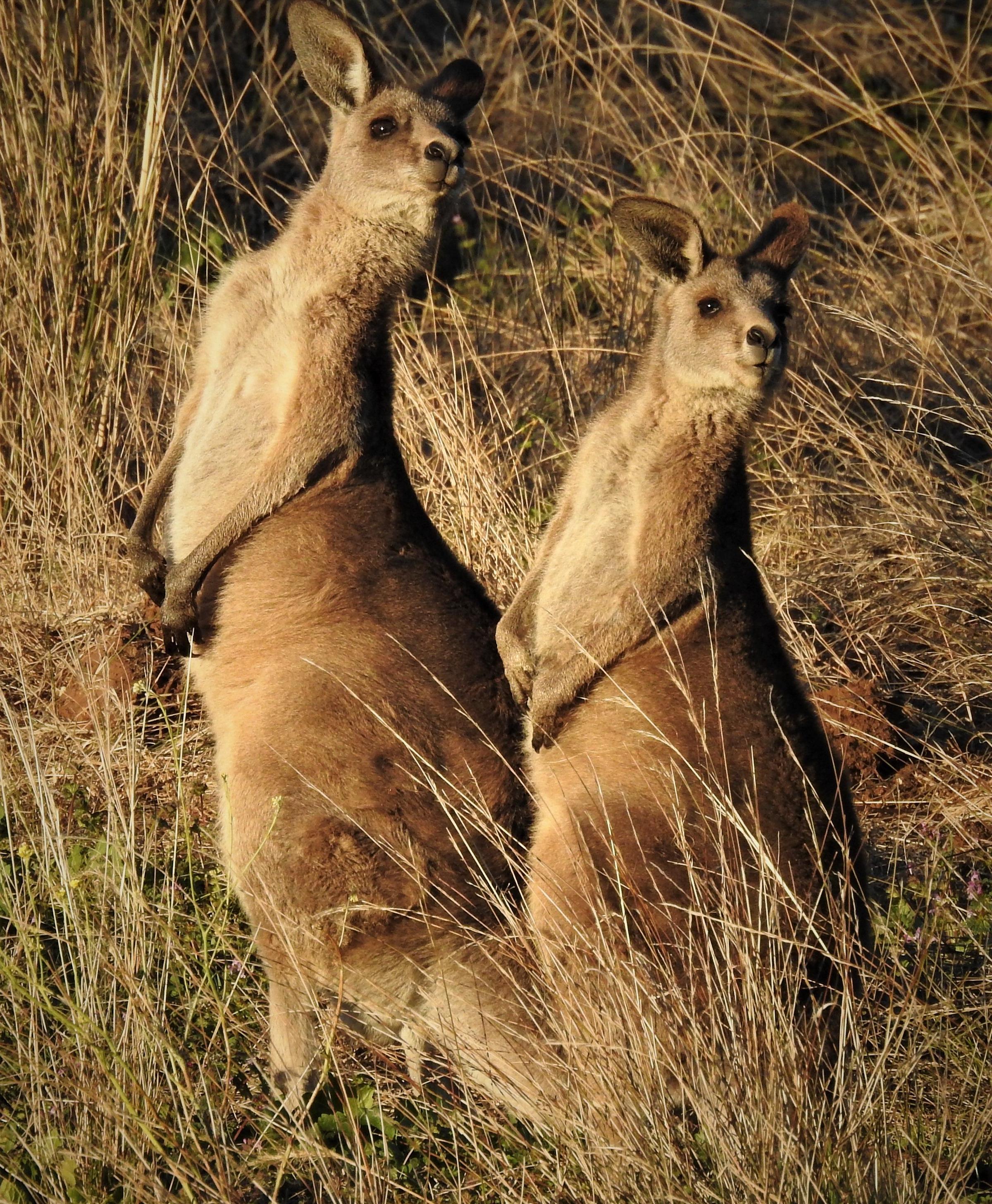
Indigenous opportunities
An agreement between the Dja Dja Wurrung Traditional owners and Land Life's Lawan site partner, Cassinia Environmental, enabled an Indigenous bush food experiment on an allotment of the land, including commercial native grass seed (Kangaroo grass) and other bush food plants. Providing the opportunity for the Dja Dja Wurrung Traditional owners to set up a business around native bush foods on the property wouldn’t have happened without Land Life’s early involvement.
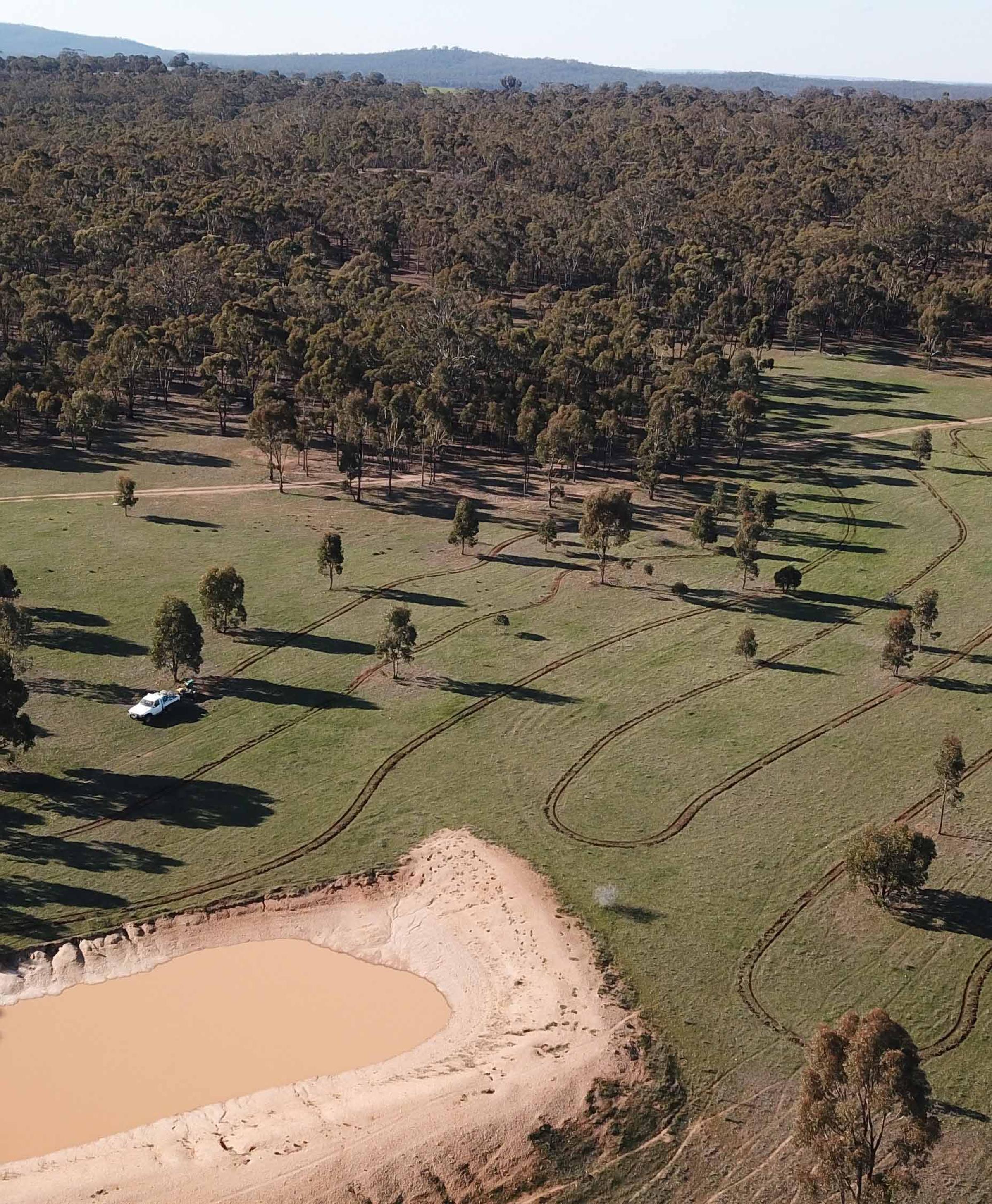
Investing in nature is smart
Think beyond carbon credits when preparing your net-zero strategy for evolving sustainability frameworks.
Investing in nature and biodiversity is smart because you’re not only investing in carbon sequestration (thus carbon credits) but whatever comes next.
That’s why Land Life aims to go beyond carbon when it plans and manages reforestation projects. We always put nature first to ensure that together we positively impact not only climate, but biodiversity and local communities.
We help you share the story of your nature investments too. When clients invest in our reforestation projects, they receive transparent, measurable data and compelling stories to communicate their impact and boost their brand.
Stay ahead of the curve. Get in touch with Land Life to discover opportunities to invest in nature now.
Talk to our experts
Technology-Driven Reforestation at scale





